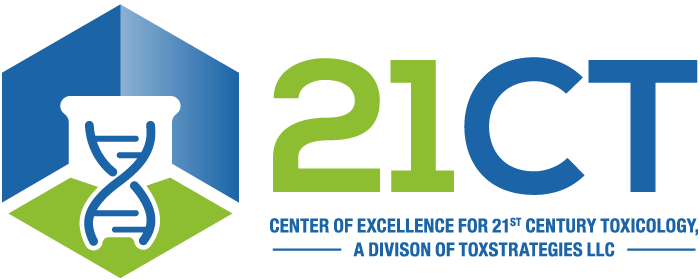Klaren WD, Grimm FA, Shen H, Rusyn I. In vitro approaches to grouping of complex substances and UVCBs: A case study of olefin streams. Society of Toxicology 57th Annual Meeting, San Antonio, TX, 2018.
Abstract
Complex substances pose a major challenge for registration and health assessments because of the Unknown or Variable composition, Complex reaction products and Biological (UVCB) nature of these products. Regulatory submissions of UVCB substances under the High Production Volume program in the US and REACH in Europe include grouping and read-across methods to fill in data gaps; however, concerns exist about the precision of groupings based on broad similarity parameters like manufacturing process or physico-chemical properties of UVCBs. UVCB substances that derive from petroleum refining process are highly complex and can be variable in composition based on the source of crude oil or natural gas and manufacturing process variations. Previously, we showed that in vitro bioactivity profiling of UVCBs may be a sensible approach to increase confidence in grouping of these substances through “biological read-across”. This project aimed to apply a “biological read-across” principle to grouping complex substances in a case study of two olefin stream categories, the low benzene naphthas, and resin oils and cyclodiene dimer concentrates. A panel of human induced pluripotent stem cellderived organotypic cell types (neurons, hepatocytes, endothelial cells, cardiomyocytes, macrophages and myoblasts) was exposed to dimethyl sulfoxide extracts of 27 olefin stream substances and 18 supporting chemicals. We used high-content in vitro assays to evaluate the biological activity in dose response across 5 log dilutions. Assays were evaluated for quality based on phenotypic controls and extensive replicate analyses. Concentration-response modeling was used to derive points of departure for each substance/chemical and phenotype. Data from all cell lines and assays were integrated using the Toxicological Priority Index (ToxPI) approach to derive similarities in bioactivity and to establish groups of the screened substances and supporting chemicals.
